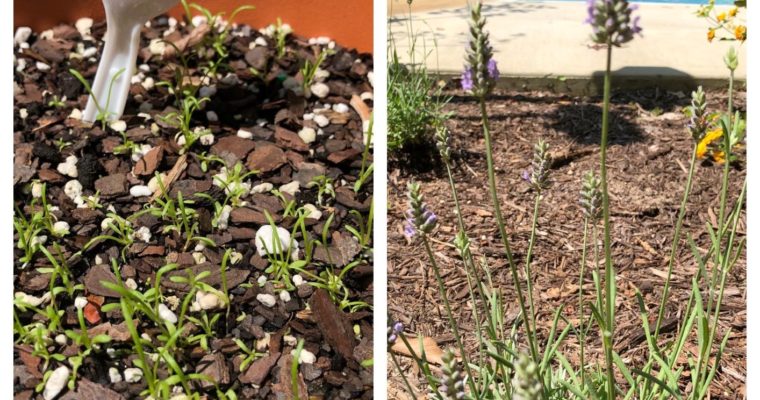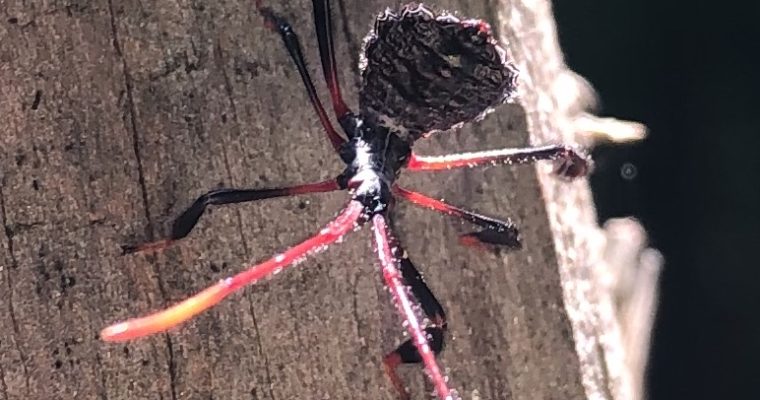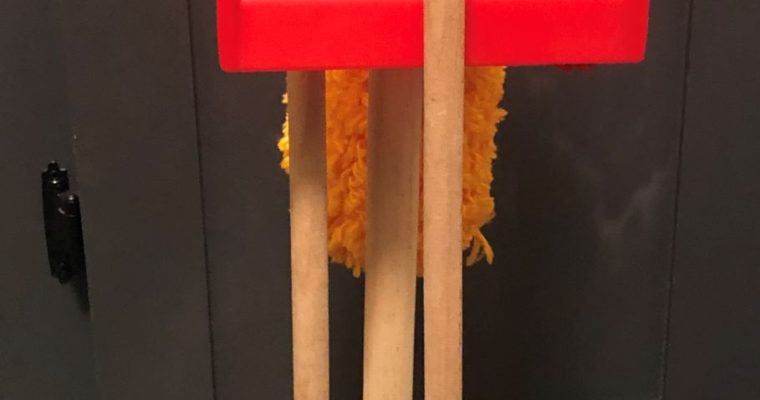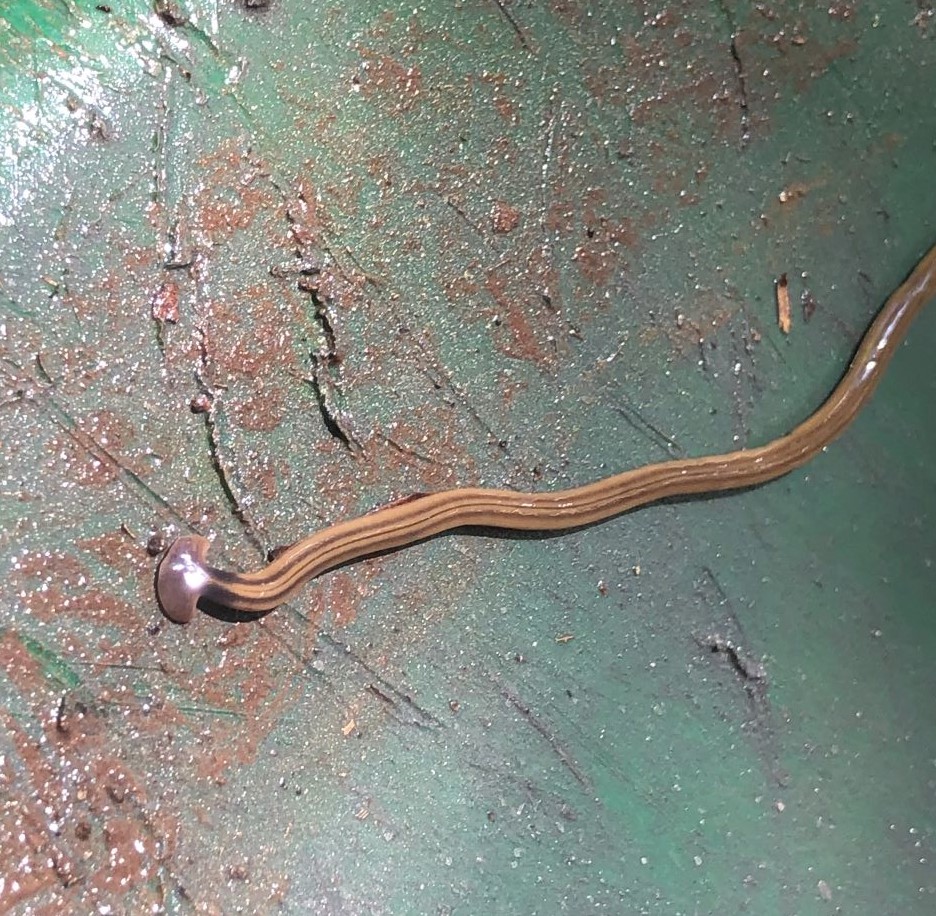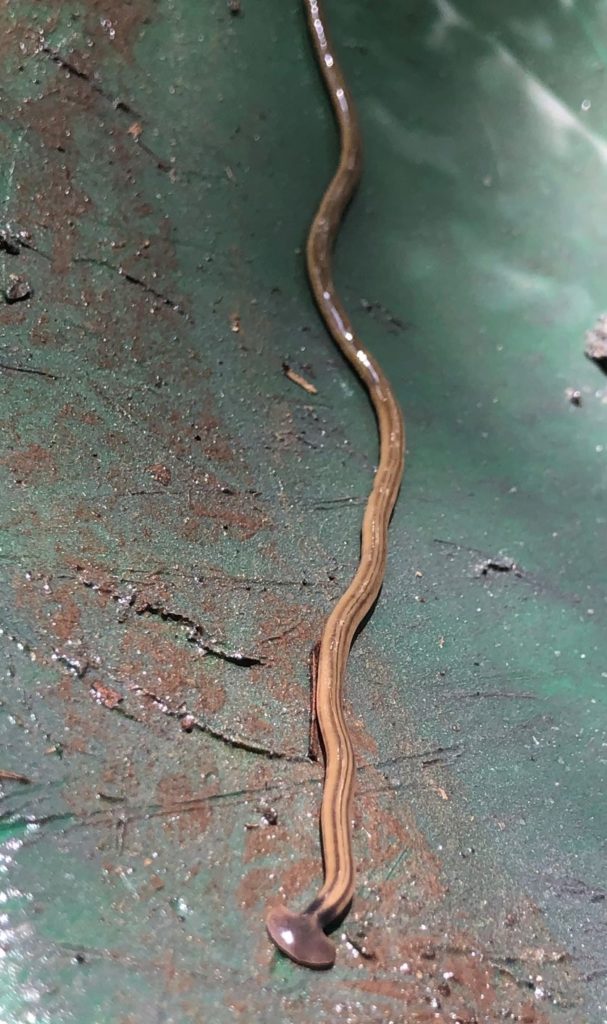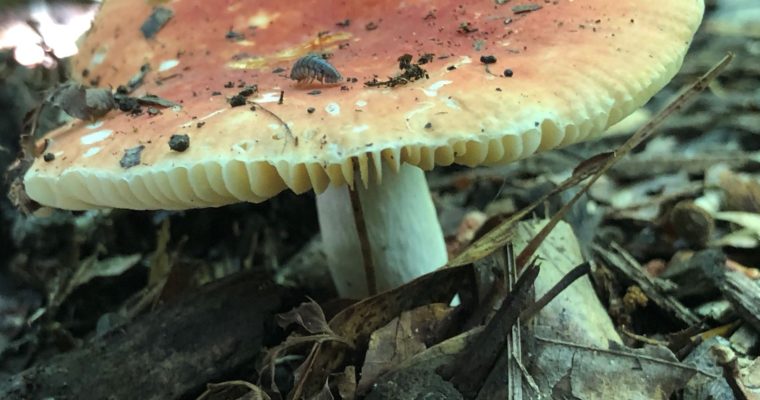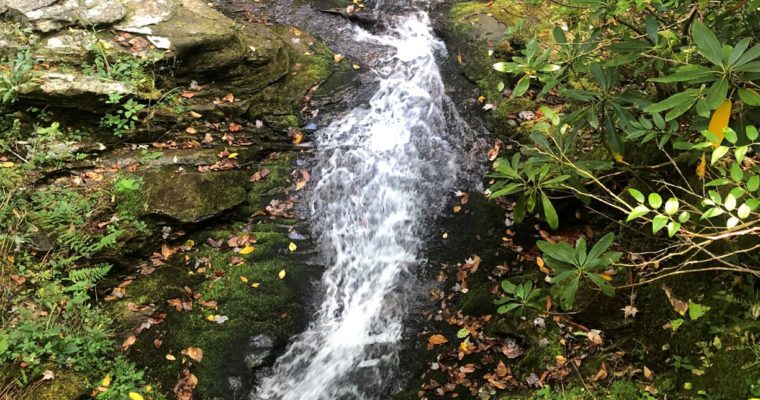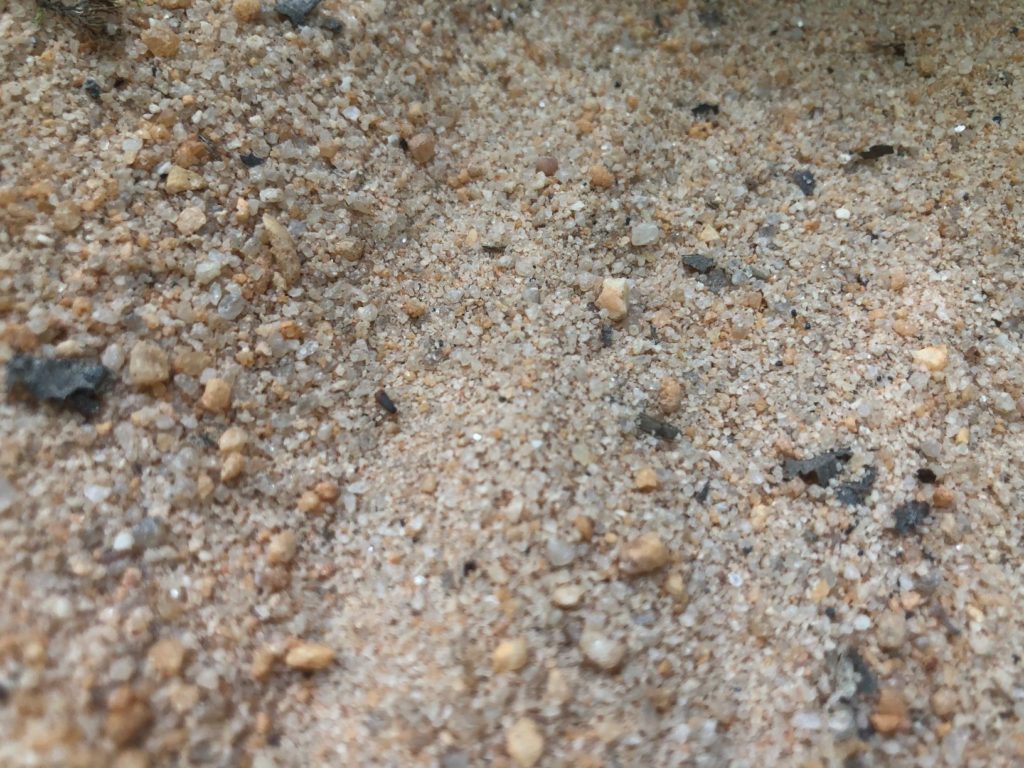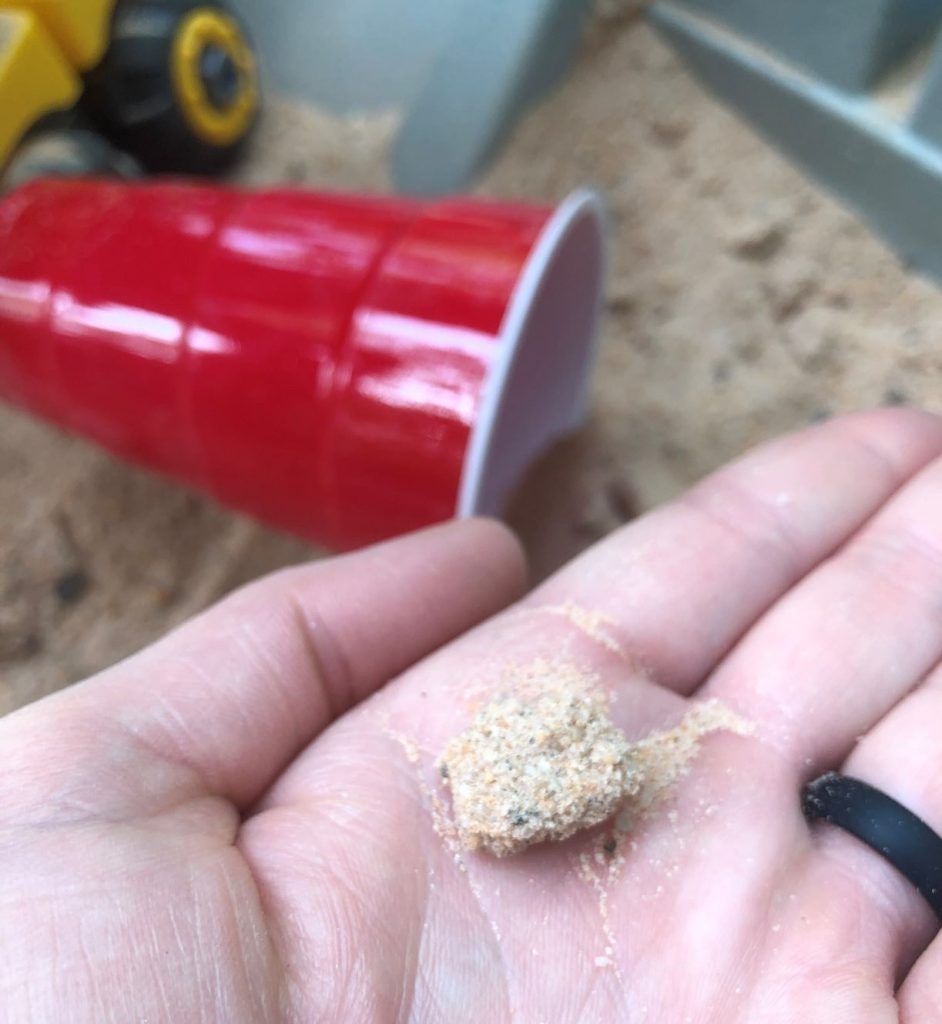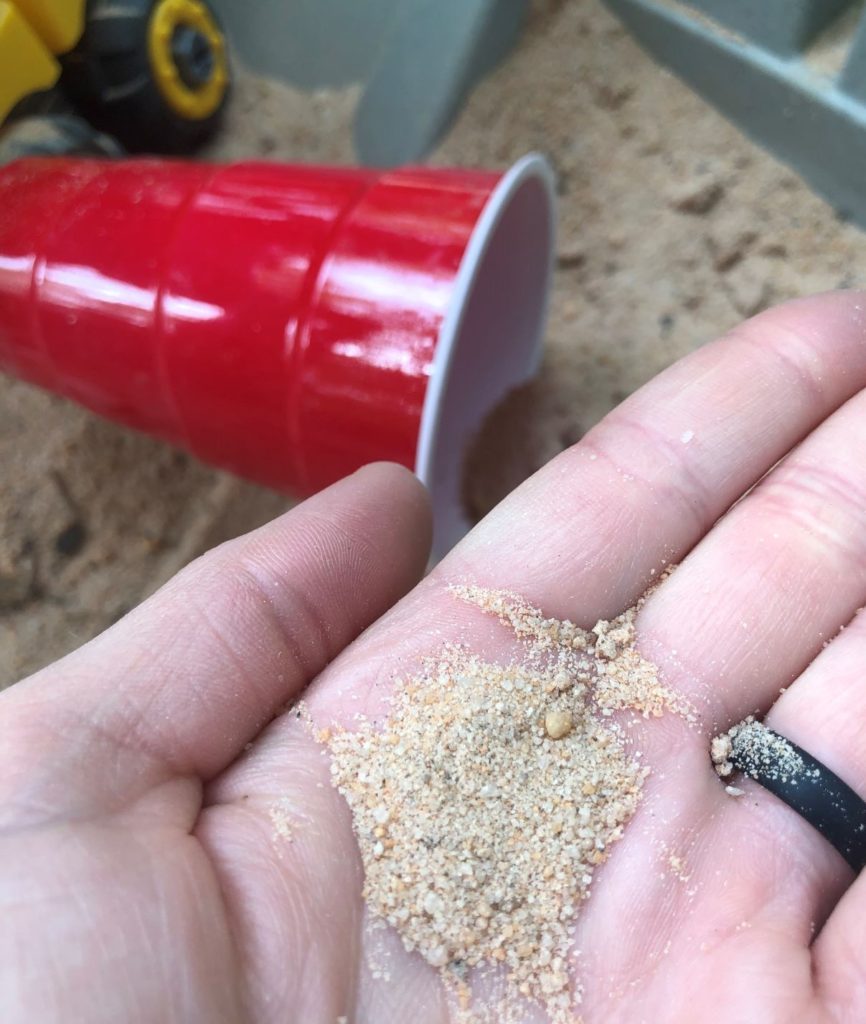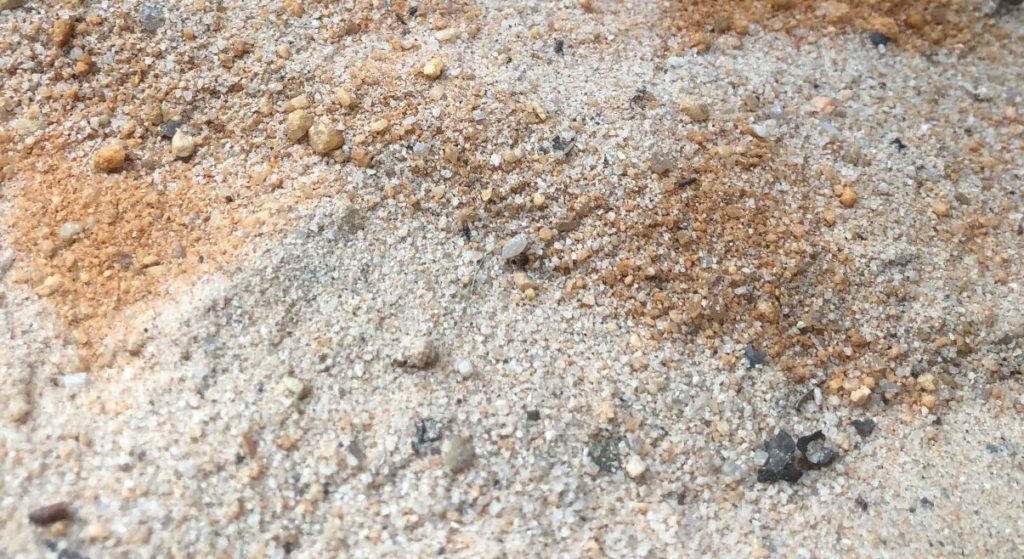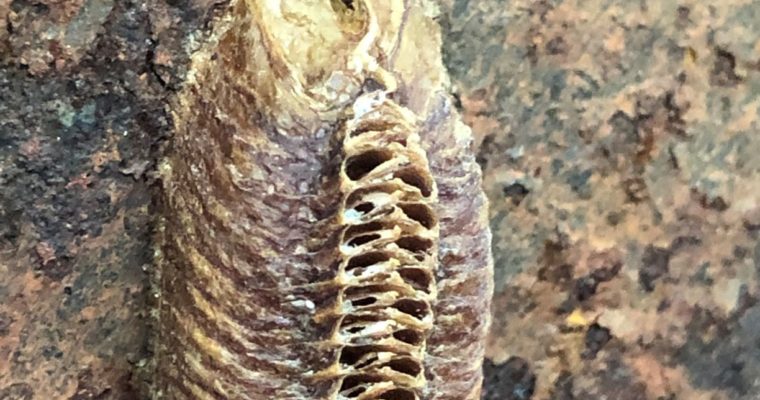We have had almost 4 days straight of rain in Mid-State South Carolina. Fungi and mold are popping up everywhere! Today, Locryn and I found some slim mold.
Slim mold is a group of unrelated eukaryotic organisms that can live freely as single cells, or they can group together to form a multicellular structure. Universally, there are over 900 species of slim mold!
Slim mold feeds on microorganisms that live in dead plant material. Tbey assist in the decomposition of dead vegetation and feed on bacteria, yeast, and fungi. They can be commonly found in soil, lawns, mulch, rain gutters, on the forest floor, or on deciduous logs.
ENJOY!
